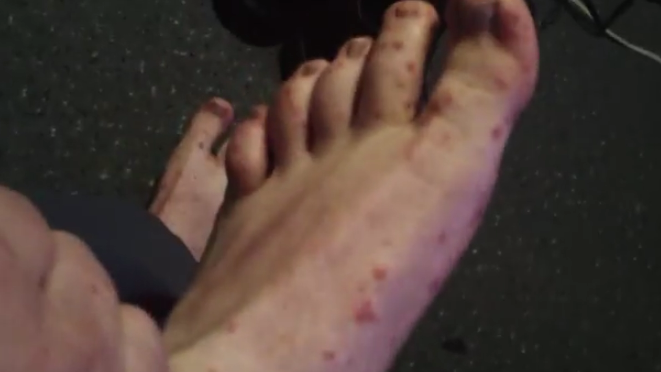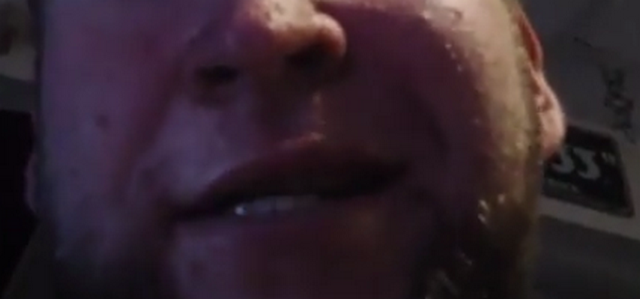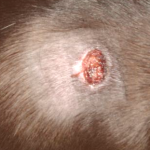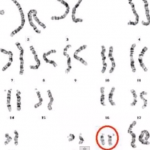Hand-foot-and-mouth disease is a minor but contagious viral infection which primarily tends to affect younger children. It results in the formation of a skin rash on the hands and feet, as well as sores in the oral cavity. The coxsackievirus is usually the most common cause of this disease.
There is no special standard or ways of treating hand-foot-and-mouth disease. Maintaining a good personal hygiene by regular washing of hands, feet and other body parts will prevent the risk of getting hand-foot-and-mouth disease.
Symptoms of Hand-foot-and-mouth disease
Hand-foot-and-mouth disease is accompanied by varied and several signs and symptoms. Some patients show all the signs, while other affected people may elicit very few signs. The symptoms include:
- Malaise or an overall feeling of sickness
- Excessive soreness of throat
- Fever
- Poor appetite
- Infants and toddlers show increased irritability
- Development of a reddish, non-itchy rash on palms, soles and buttocks. There may be blistering of such rashes
- The tongue, gums, and cheek interiors may turn red and develop painful lesions and blisters
The incubation period after initial infection with the virus tends to last for three days up to a week. Patients affected by hand-foot-and-mouth disease may initially develop a fever which is quickly followed by soreness in the throat, and sometimes along with appetite loss and malaise. Painful sores may develop in the throat or mouth about one or two days after the fever. Ultimately, the characteristic rash may form on the hands and feet, and occasionally on the buttocks.
Some of the complications associated with hand-foot-and-mouth disease include:
- The commonproblem caused by the hand-foot-and-mouth disease is dehydration. The affected infants find it irritating and difficult to drink or swallow due to sores in mouth. The parents should be vigilant and ensure that their children do not suffer from dehydration.
- Infection of brain and its tissues by the virus may cause serious complications such as encephalitis and viral meningitis, which needs immediate care from a doctor.
Causes of Hand-foot-and-mouth disease
Exposure and infection by coxsackievirus A16through oral means is the main cause for hand-foot-and-mouth disease. This virus belongs to the virus family referred to as nonpolio enteroviruses. However, sometimes other types of nonpolio enterovirusescan also cause hand-foot-and-mouth disease.
Hand-foot-and-mouth disease is contagious, and can spread from contact with infected people.The disease can spread from one person to another in the below listed ways:
- Exposure to the blister fluids
- Contact with the respiratory fluids that are let loose into the air during sneezing or coughing
- Exposure to nasal secretions
- Exposure to throat discharges
- Contact with infected saliva
- Contact with infected stool
Hand-foot-and-mouth disease is generally prevalent in the United States during the summer and autumn season. The disease is occurs throughout the year in tropical countries.
Child care settings are most prone to occurrence and spread of hand-foot-and-mouth disease, as they carry out repeated diaper changes and engage in potty training. Infants and toddlers are also more likely to put their hands in mouths.
Infants and toddlers affected by the hand-foot-and-mouth disease are most contagious during the initial few weeks of the illness. It may however be noted that they continue to act as carriers of the infection even after the symptoms have been controlled. Adults affected by the disease can spread the infection, even though they do not experience any signs or symptoms.
The human hand-foot-and-mouth disease is not similar to the foot and mouth disease which occurs in farm animals. Humans cannot get infected by the virus from pets or other animals, nor can they pass on the disease to the animals.
As we grow older, the immune system produces antibodies to counter the adverse effects of the virus. Thus, humans tend to become immune to the disease after adulthood.
Treatment of Hand-foot-and-mouth disease
Hand-foot-and-mouth disease does not have a particular type of treatment. It runs its full course and the signs disappear automatically after about ten days.
- For reducing the pain, the patient may make use of ibuprofen which is available from the medical shops.
- For getting relief from the pain of mouth sores, one can make use of topical oral anesthetic.
- Children should not be given aspirin as it can increase the vulnerability to development of a potentially dangerous condition called Reye’s syndrome
To avoid irritation and discomfort due to sores, one may opt for the following beverages and food items:
- Taking ice cream and sherbet
- Sucking of ice pops and ice chips
- Intake of cold milk and ice water
- Soft foods that do not require excessive chewing
- Avoidance of salty and spicy food stuff
- Avoidance of acidic fruit drinks, soda, citrus fruit juice, etc.
- Engaging in good personal hygiene practices such as washing the mouth with warm water after intake of a meal
- To avoid inflammation and pain rinse the infant’s mouth with warm water mixed with salt, many times in a day.
Hand Foot and Mouth Disease Pictures





